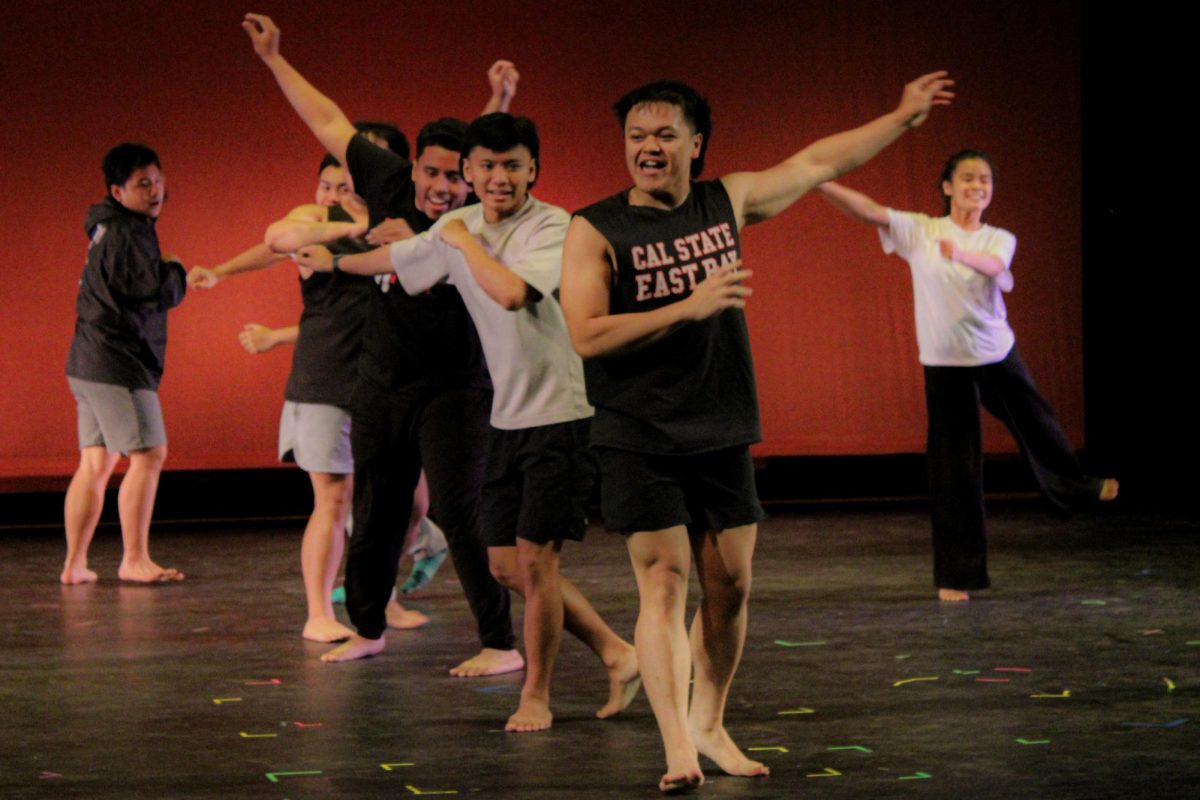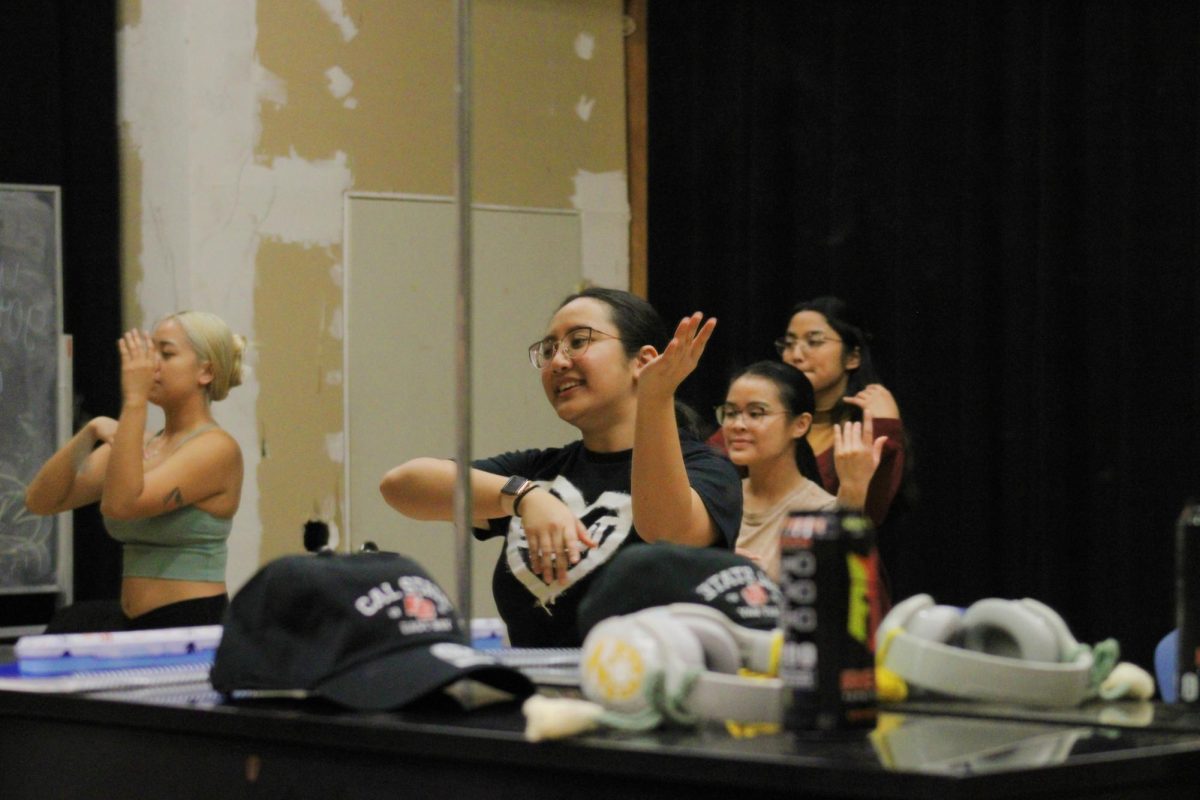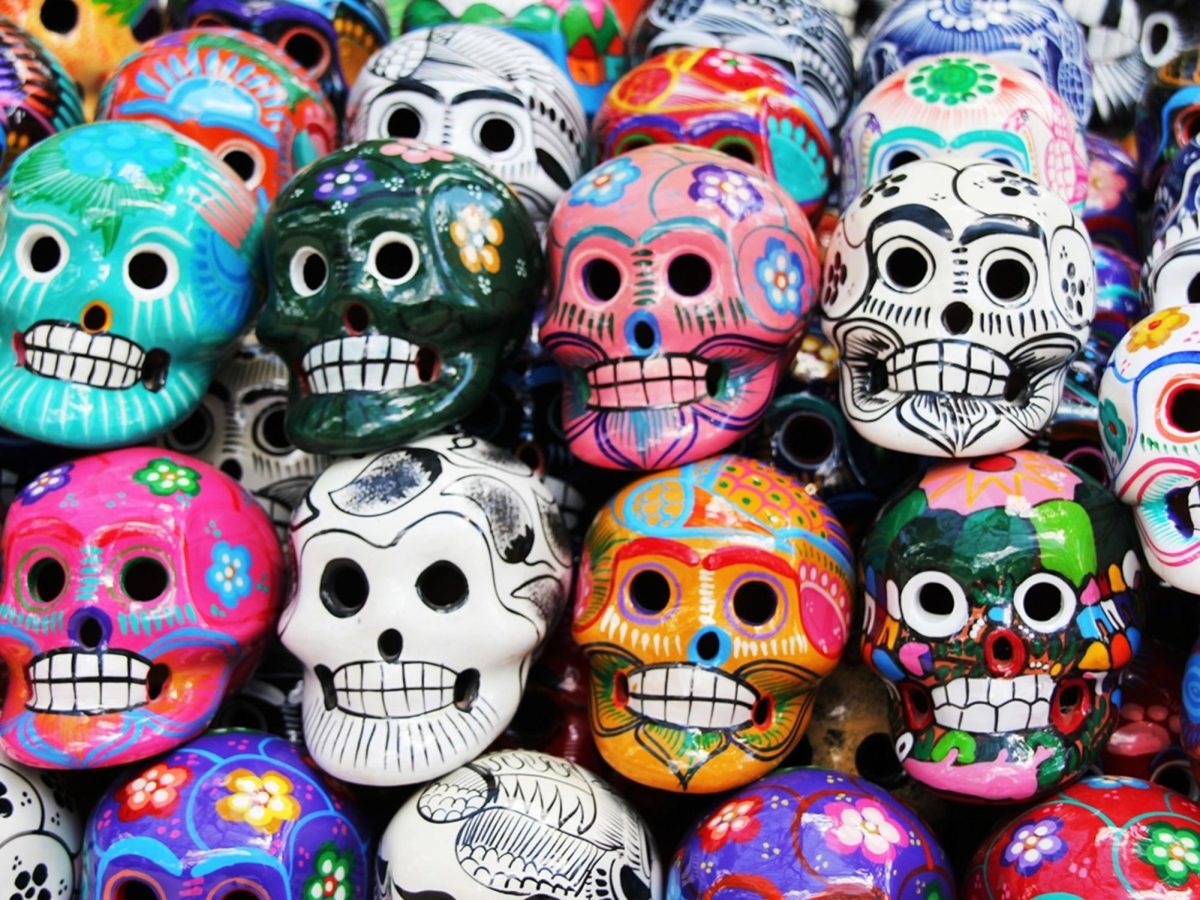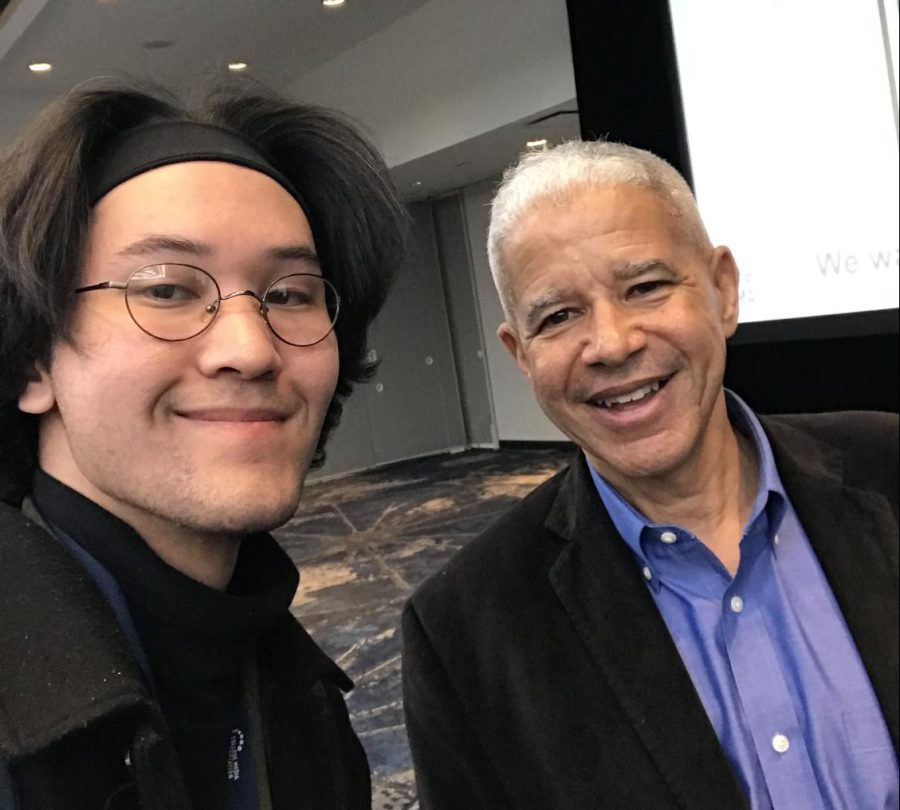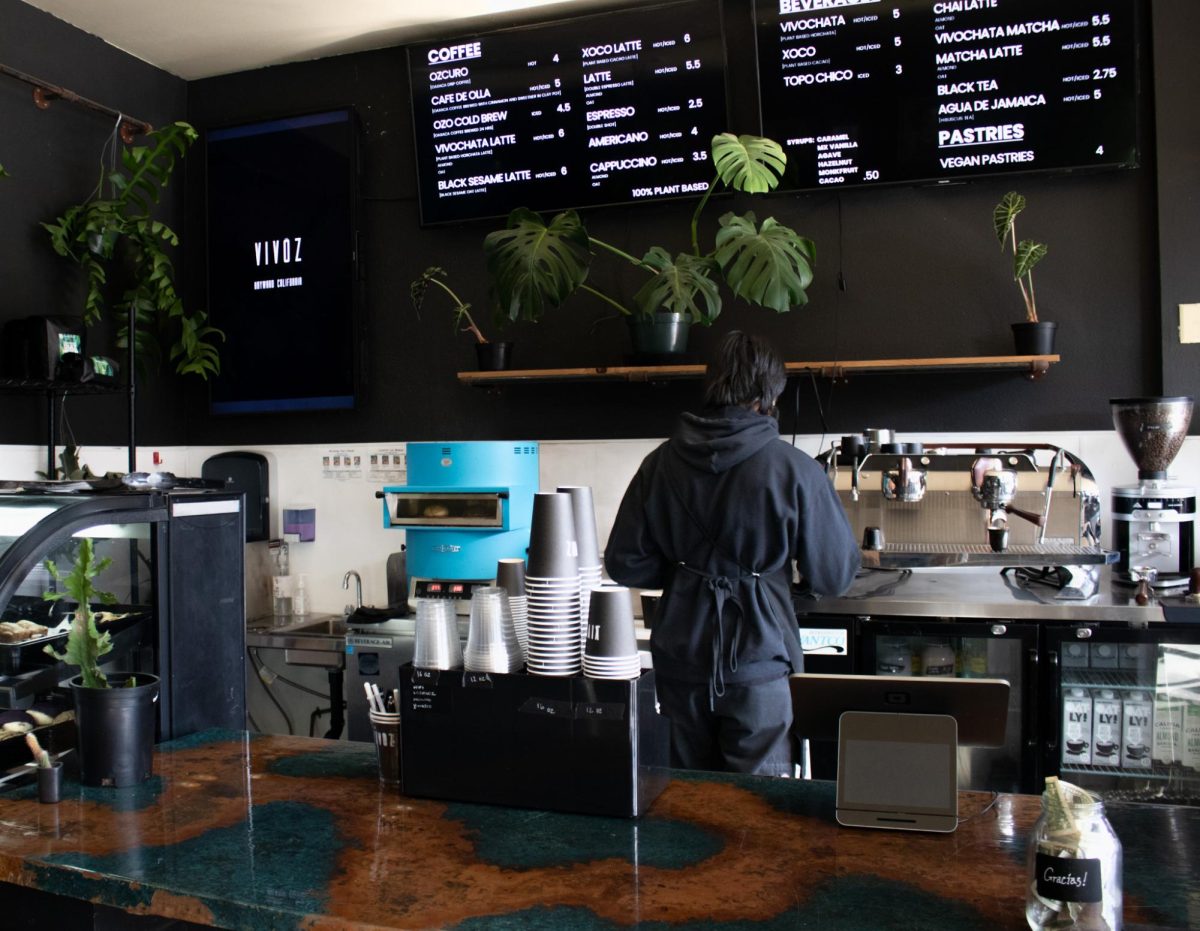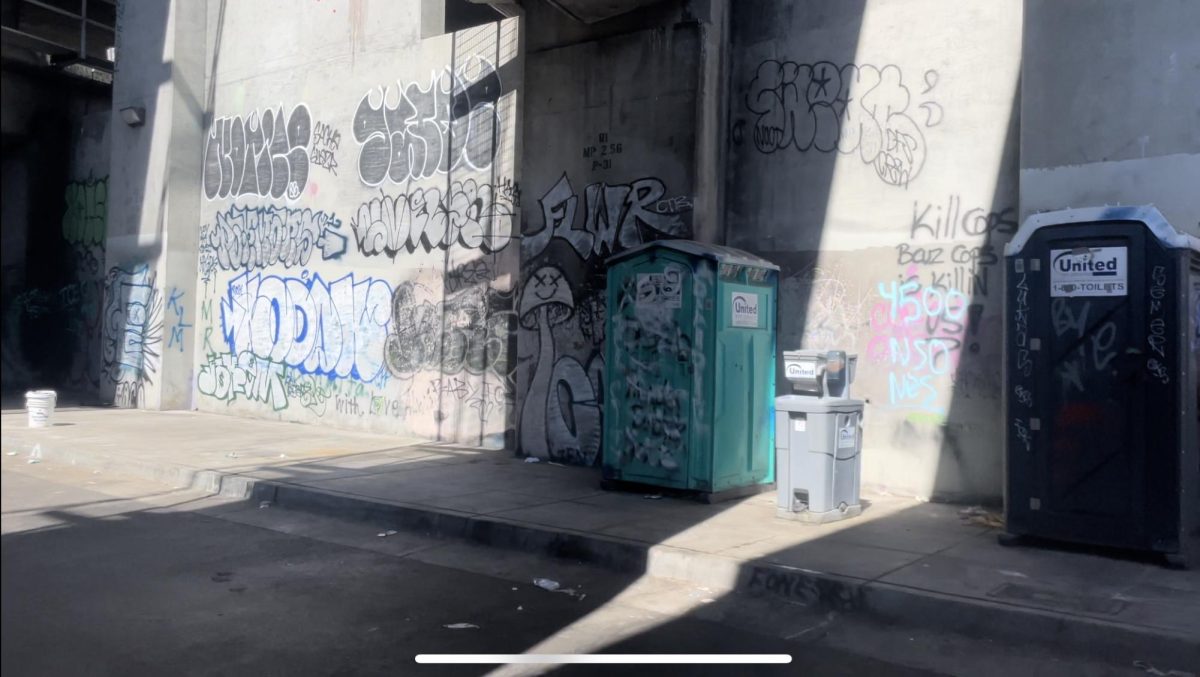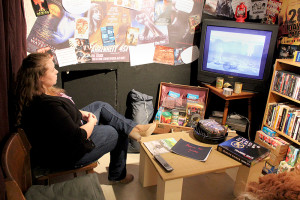
“preppers” living room.
Many were sure the Mayan apocalypse was going to destroy the world as we know it, but if you have not already noticed, the world did not end on Dec. 21, 2012.
“Apocalypse and Adaptation” is a new exhibit premiering in the C.E. Smith Museum of Anthropology at CSU East Bay, which focuses on ways to possibly prevent and prepare for the end of the world.
The exhibit, which is on display from March 12 to June 14, features students’ depictions of how catastrophes shape society. The exhibit displays disasters of the past, present and assumptions for the future and gives us examples of how we can help the environment we live in today and preserve our world for the future.
Professor George Miller, the museum director for “Apocalypse and Adaptation,” said the exhibit, which showcases predictions about apocalypses and how “humanity has adapted over the millennium,” is based off the book “Earth Abides” by George Stewart.
“It’s a topic on everybody’s mind,” said Lee Davenport, executive curator of the museum, regarding the importance of the exhibit. “It deals with not just one culture, not just an American culture, but a worldwide phenomenon and people you’ve never met and never will meet, have the same beliefs about an end of the world scenario and it ties people together.”
The Mayan calendar and zombie apocalypse are just a few of the end of the world scenarios displayed in the exhibit.
“Catastrophe and disaster are nothing new to humanity,” said Marjorie Rhodes-Ousley, associate director of the exhibit. “We’ve had an amazing amount of setbacks from diseases to volcanic eruptions that wiped large populations, yet we always come back from our catastrophic setbacks.”
The exhibit shows “what some societies have suffered through many apocalypses,” according to Xochitl Gutierrez, an anthropology master’s student focusing on cultural anthropology.
“There’s an end and a beginning,” explained Gutierrez. “One of the rooms [in the museum] is catastrophe and the other, adaptation, so what we can do to not suffer another catastrophe.”
In addition to playing a major role in the development of this exhibit, Gutierrez has her own work featured as well. Her exhibit is based on her assumption of what the homes of people preparing for the doomsday, which she calls “preppers,” would look like.
The makeshift living room she created is decorated with quotes and posters related to the end of the world and a variety of movies based on the apocalypse as well. It also features a suitcase full of food that she believes preppers would store in their house to prepare for impending disaster.
“There’s a lot of shows on TV, doomsday preppers and there’s an actual preppers organization and that’s where [my inspiration] came from,” said Gutierrez, regarding her piece. “First, there was the Y2K thing and people were prepared for the end of the world and now, the Mayan thing.”
With shows such as “The Walking Dead” and “Revolution,” along with the movie “2012,” Gutierrez’s exhibit fits perfectly with the end of the world hype.
On the other end of the exhibit, the adaptation side, other students’ pieces examine how change in the world enacted today can reap benefits in the future.
Robert Garcia, a senior studying anthropology, created his piece based on what can be done to help the earth and preserve the world people live in today.
“My wall is energy transportation and urban systems,” said Garcia. “I touch on two subjects. One, how we can use our abundant sources, such as the sun, and second, transportation.”
Garcia’s piece is based around the “Bay View Village Plan” which was an idea originally created by Sherman Louis, a retired professor. According to Garcia, the “Bay View Village Plan” will feature sustainable and cheap housing and green technology. Garcia explained that the village would be closely located to the university and would “decline dependency on vehicles and cars.”
In addition to sustainable housing, there would also be a new transportation system implemented that would lower the dependency on cars and mirror the shuttle system already in place at CSUEB, explained Garcia.
“I think perhaps we are drawn to these stories and events to help us prepare for an uncertain future,” said Rhodes-Ousley. “We have a very long history of catastrophes and apocalyptic predictions, and our actions could avert man-made disasters.”
The exhibit is located on the fourth floor of Meiklejohn Hall, in Room 4047. Admission is free and the exhibit is open to the general public. Although the exhibit will be closed for spring break, it will reopen on Tuesday, April 2.
For more information about “Apocalypse and Adaptation,” you can call 510-885-7414.






